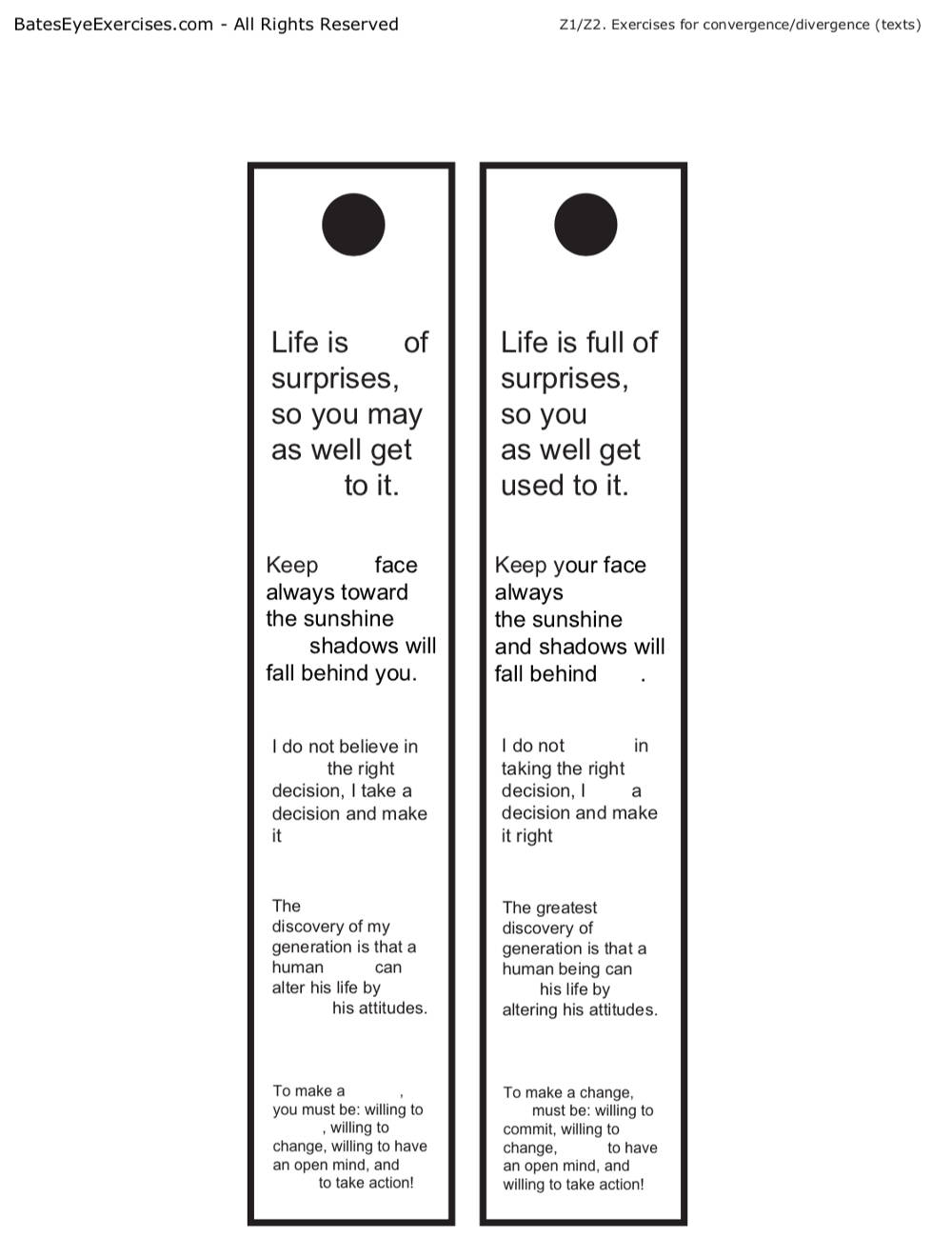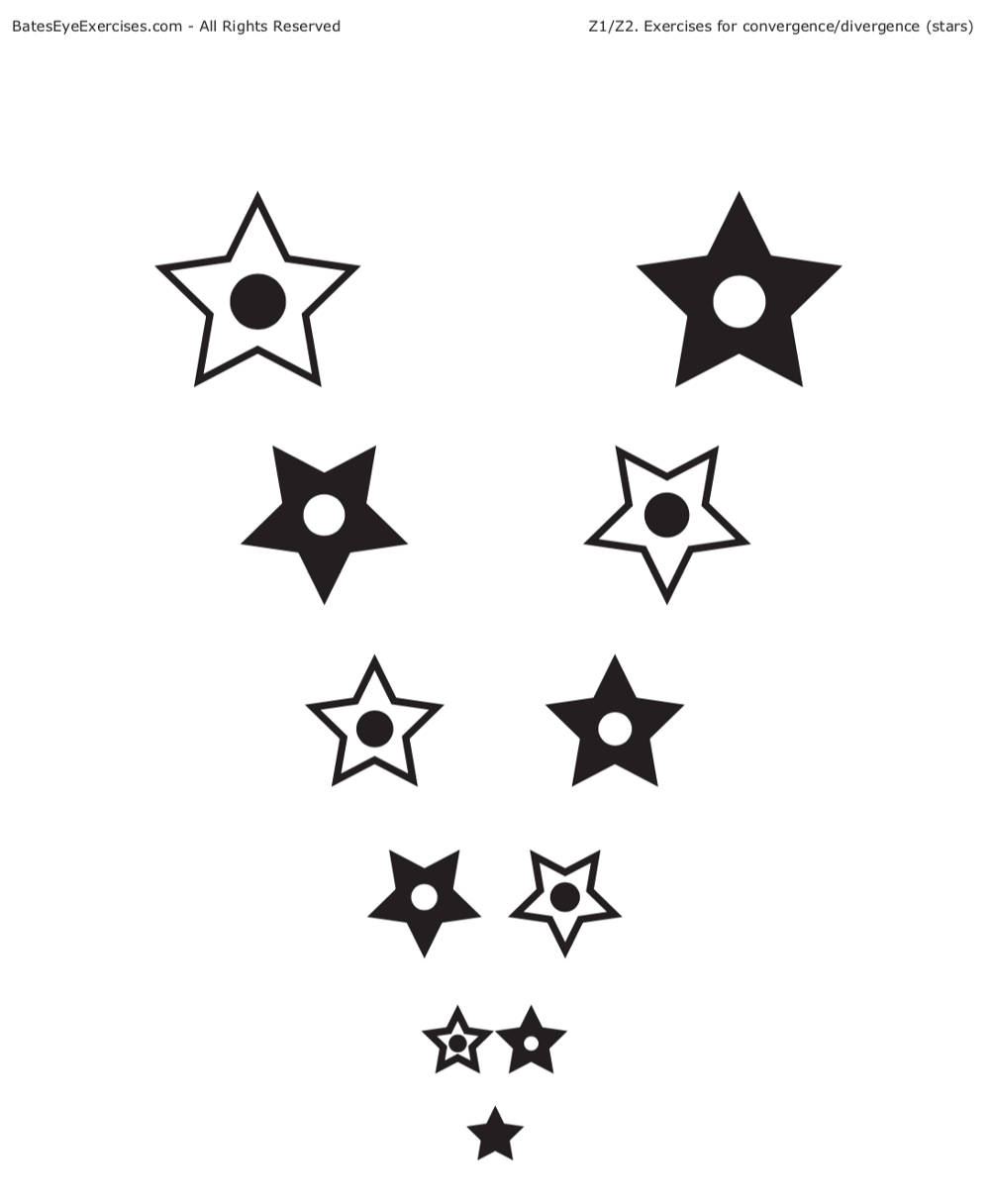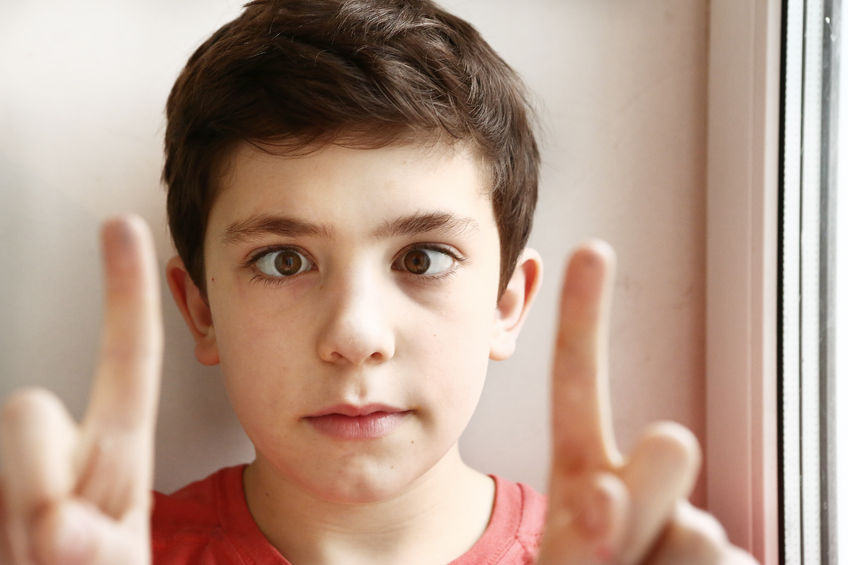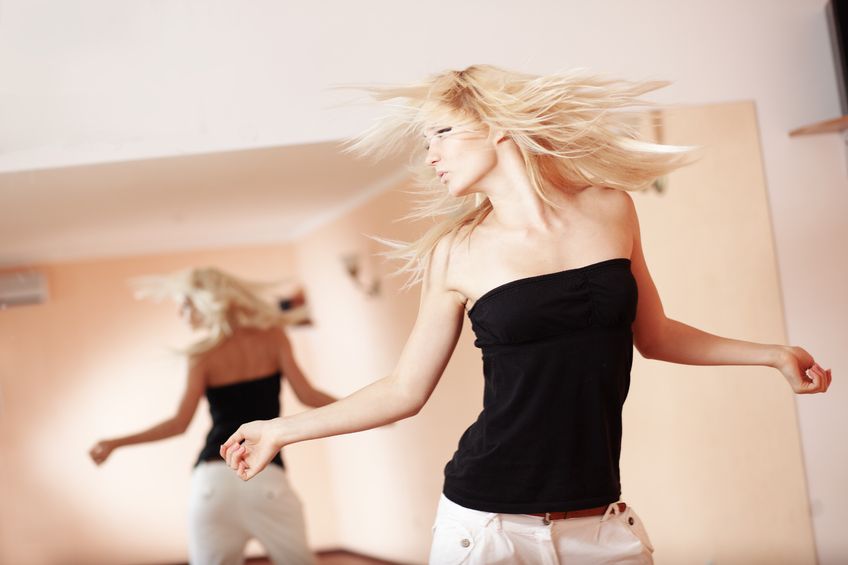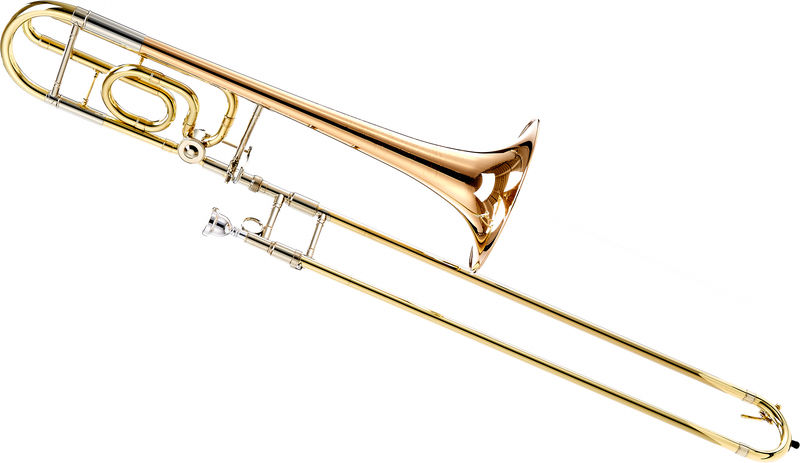
Healthy eyes have a natural ability to converge on an object being viewed in such a way that the image is centered in the macula. You may have noticed that when viewing close objects, your eyes naturally converge, while when viewing distant objects, your eyes align nearly parallel to each other. In both cases, our vision has an extraordinary ability to maintain close and distant objects in sharp focus. Of course, this applies only to healthy vision without convergence disorders.
Proper convergence allows for a deep and accurate perception of depth in the 3D world. The brain automatically combines images from the right and left eyes into a single three-dimensional whole. This ability helps us, among other things, estimate the distance of objects relative to us. Untreated convergence problems can lead to the development of strabismus, either convergent or divergent.
You can find more information about this condition here
